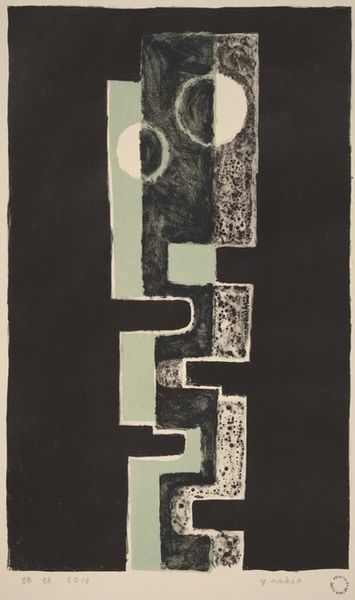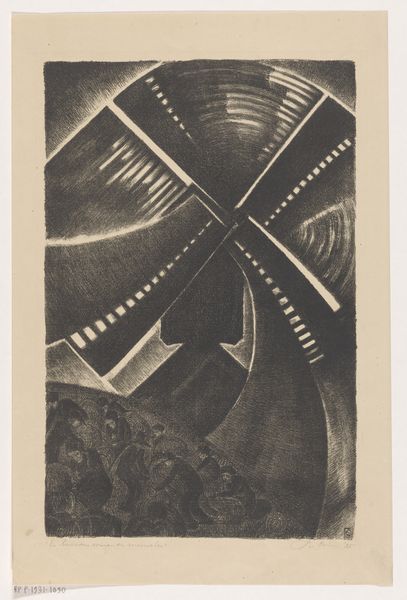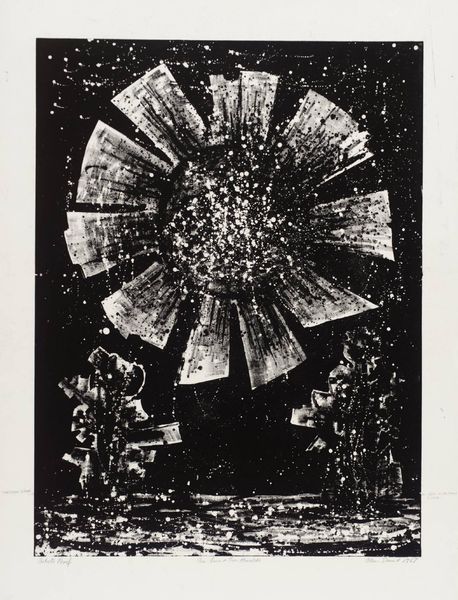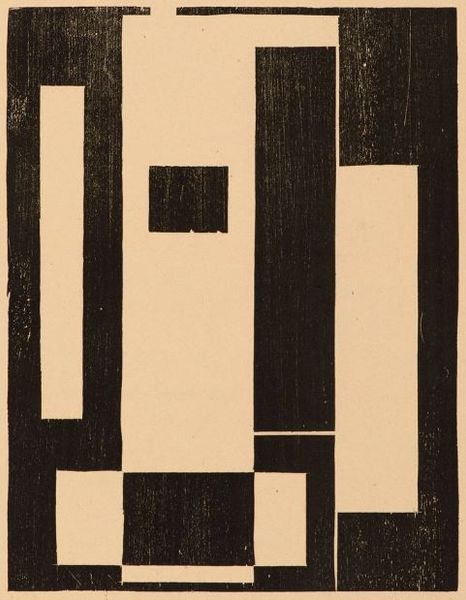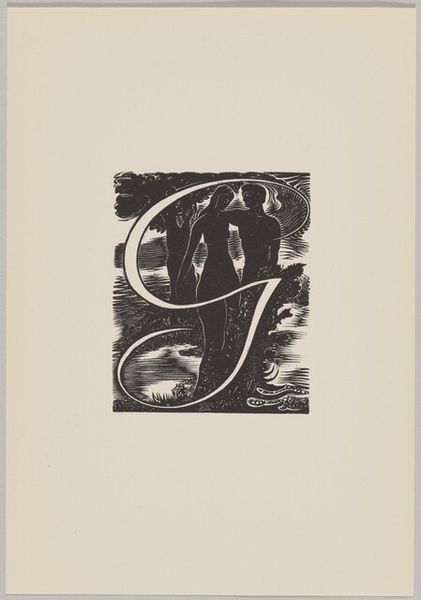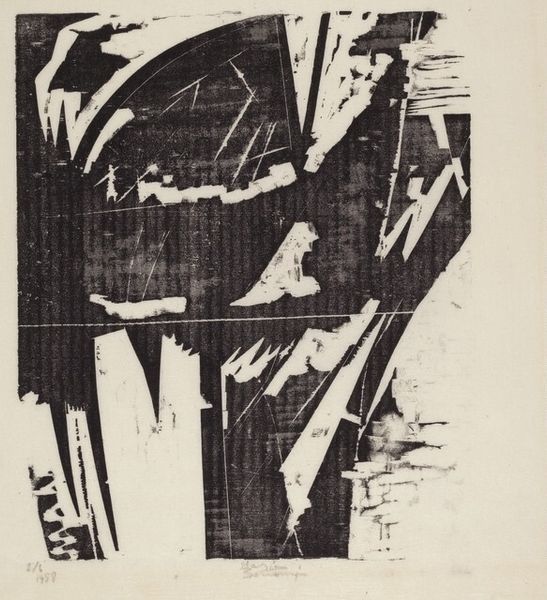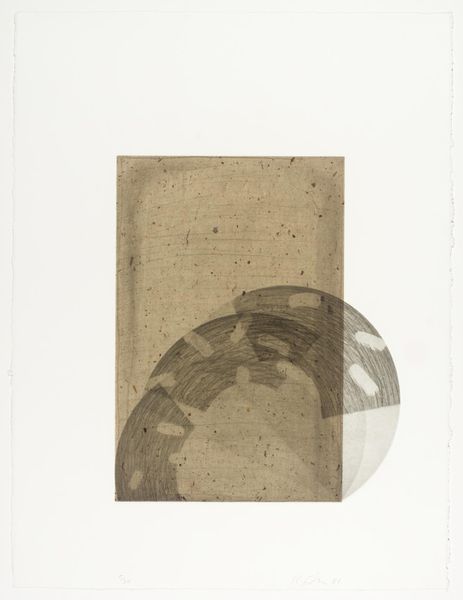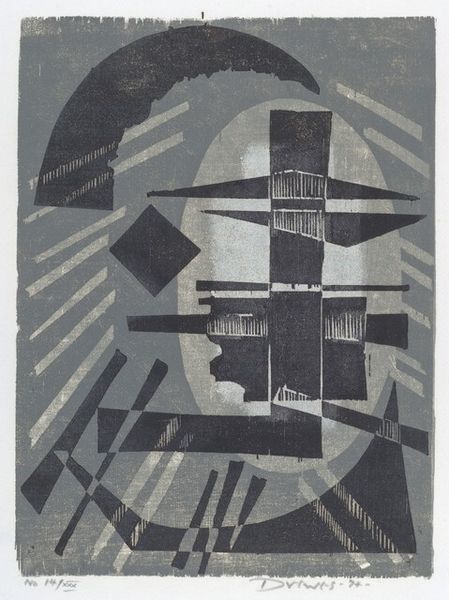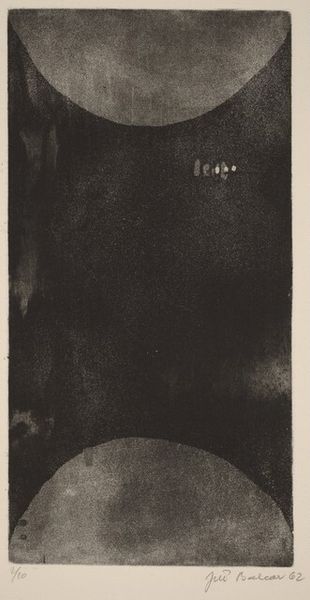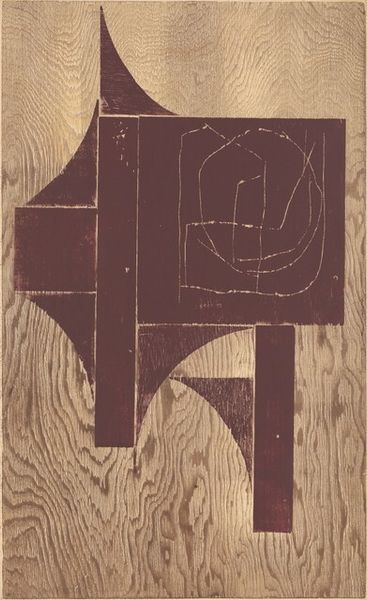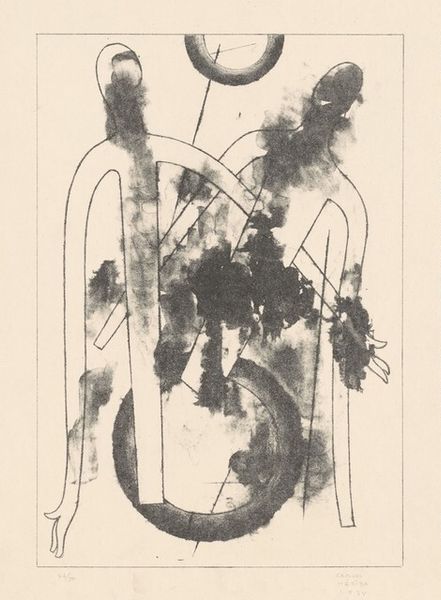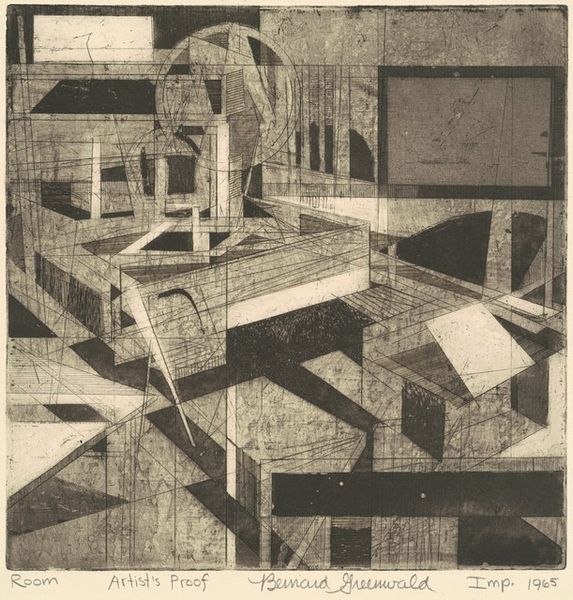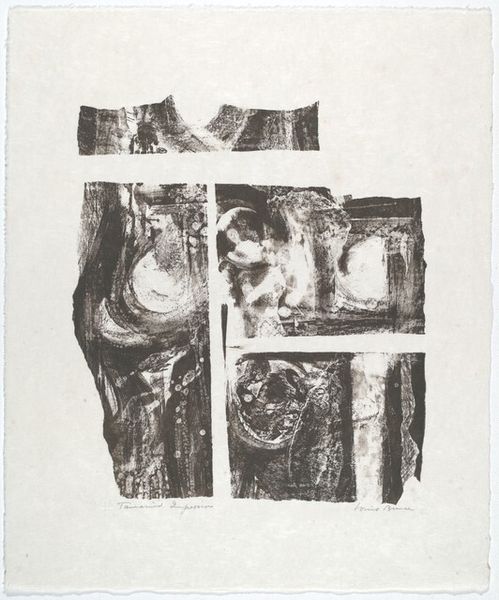![Target with Plaster Casts [unsigned proof] by Jasper Johns](/_next/image?url=https%3A%2F%2Fd2w8kbdekdi1gv.cloudfront.net%2FeyJidWNrZXQiOiAiYXJ0ZXJhLWltYWdlcy1idWNrZXQiLCAia2V5IjogImFydHdvcmtzLzllNzVhZDc5LWQ1MWItNGE1YS05OWFmLTY1MWM1NTdjZDI4OS85ZTc1YWQ3OS1kNTFiLTRhNWEtOTlhZi02NTFjNTU3Y2QyODlfZnVsbC5qcGciLCAiZWRpdHMiOiB7InJlc2l6ZSI6IHsid2lkdGgiOiAxOTIwLCAiaGVpZ2h0IjogMTkyMCwgImZpdCI6ICJpbnNpZGUifX19&w=1080&q=75)
#
neo-dada
Dimensions: plate: 59.69 x 44.77 cm (23 1/2 x 17 5/8 in.) sheet: 74.93 x 54.29 cm (29 1/2 x 21 3/8 in.)
Copyright: National Gallery of Art: CC0 1.0
Editor: We're looking at Jasper Johns's "Target with Plaster Casts [unsigned proof]," created in 1990. It's a print, seemingly monochromatic, featuring his iconic target imagery, but it also feels… heavier than some of his other, more colourful target works. There is a sombre mood to it. How do you interpret this work in relation to Johns’ wider practice and the context it emerged from? Curator: What stands out to me is the loaded symbolism here. Johns elevates everyday objects but then, critically, frames them, re-presents them. A target inherently invites interaction, action, potentially violence. This work appears amidst a period of heightened social and political tension globally. The act of reproduction through printmaking democratizes the image but the monochrome palate limits it access. What relationship do you perceive between the act of display and potential readings of cultural critique embedded here? Editor: So you are seeing a connection between the image's inherent violence and a wider commentary on societal conflict in that period, then also a commentary of how available it should or could be? It being black and white and labelled "[unsigned proof]", as though it hasn't been officially authorized to be available for wider consumption? Do you think the 'target' suggests public vulnerability to being commodified and viewed and "taken aim at"? Curator: Precisely. Consider the implications of presenting a 'target', typically associated with shooting ranges and games, within the contained space of a gallery. Museums themselves shape meaning through inclusion and exclusion. Further, by not signing off the 'proof', is there any doubt who the piece is by or do you believe this adds another layer of complexity to Johns' narrative regarding the political act of assigning a specific price for a piece? How do cultural institutions and, ultimately, market forces transform art into objects of investment, possibly undermining or overshadowing the message of "public vulnerability"? Editor: That makes a lot of sense. It's as though Johns is prompting us to confront how art institutions and the art market itself participate in a cycle of vulnerability, by elevating potentially inflammatory content and ascribing value to a potentially volatile object. Curator: Exactly, and reflecting upon those elements gives us so much context in understanding modern art as well. Editor: Yes, this conversation really changed the way I think about the interplay between art and it's wider socioeconomic systems.
Comments
No comments
Be the first to comment and join the conversation on the ultimate creative platform.
